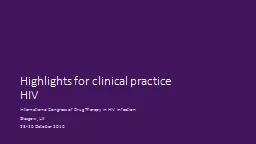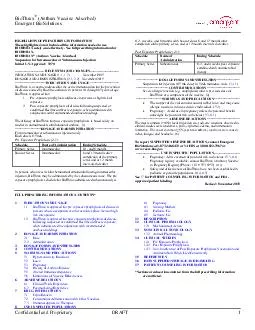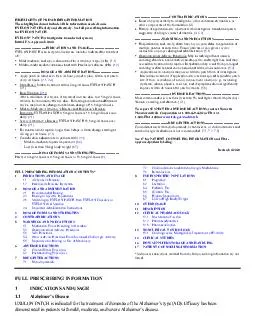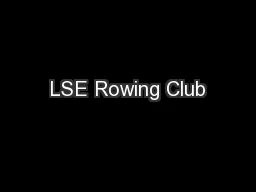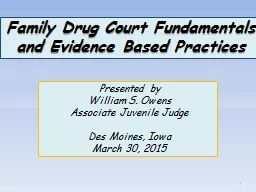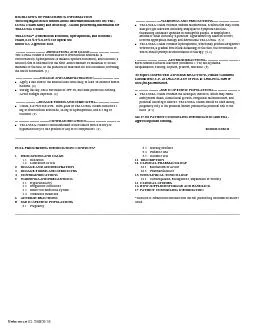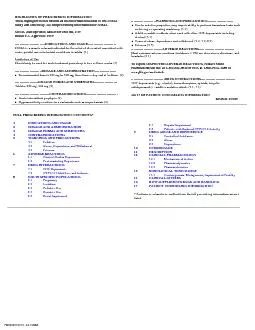PPT-Highlights for clinical
Author : pasty-toler | Published Date : 2018-12-08
practice HIV International Congress of Drug Therapy in HIV Infection Glasgow UK 2326 October 2016 About the slide deck Goal How to reach the goal Structure
Presentation Embed Code
Download Presentation
Download Presentation The PPT/PDF document "Highlights for clinical" is the property of its rightful owner. Permission is granted to download and print the materials on this website for personal, non-commercial use only, and to display it on your personal computer provided you do not modify the materials and that you retain all copyright notices contained in the materials. By downloading content from our website, you accept the terms of this agreement.
Highlights for clinical: Transcript
Download Rules Of Document
"Highlights for clinical"The content belongs to its owner. You may download and print it for personal use, without modification, and keep all copyright notices. By downloading, you agree to these terms.
Related Documents

